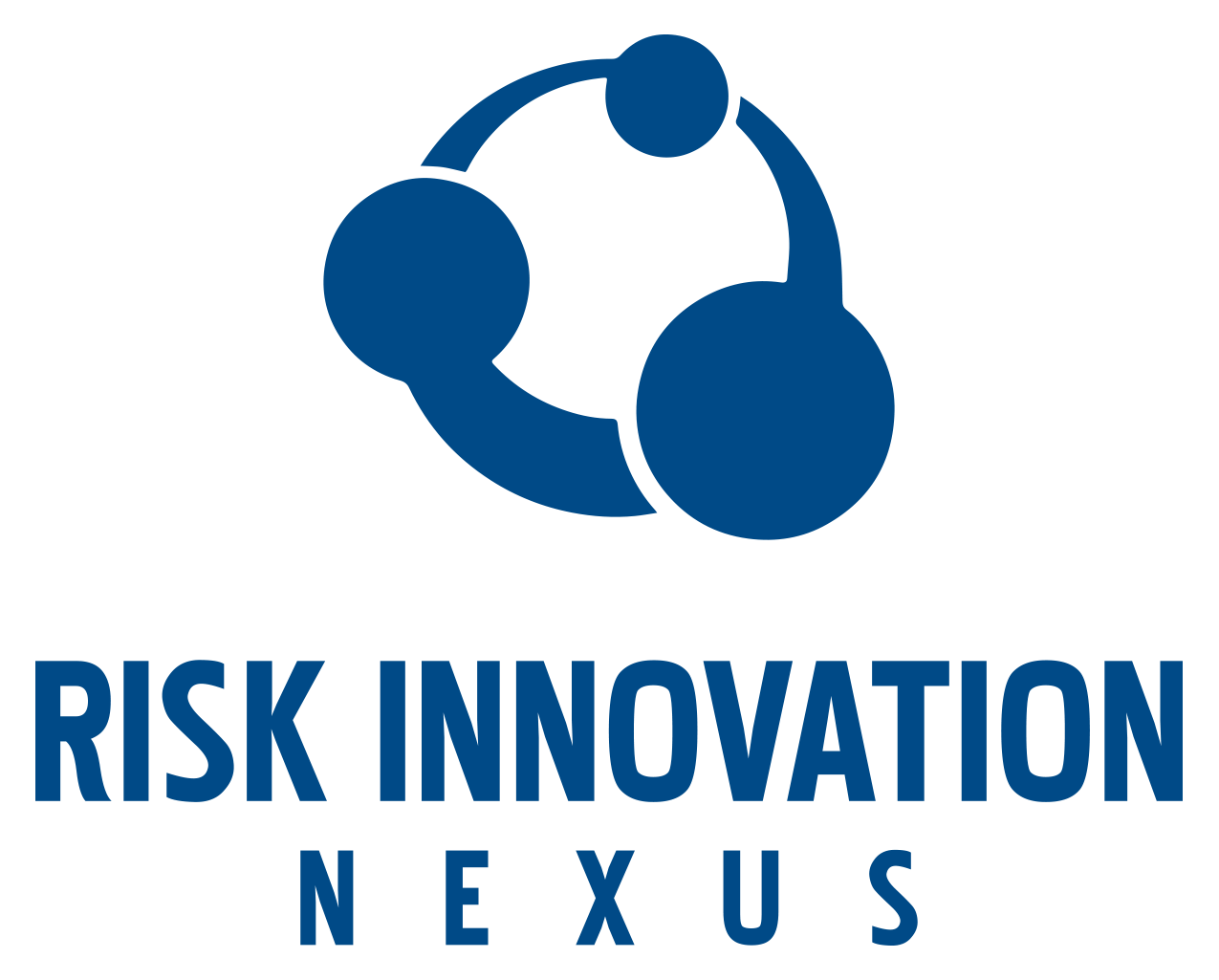Powered Brain
A hypothetical risk scenarioIncreasing concentration through electrical brain stimulation
You are the founder of “Powered Brain.” Your technology is a transcranial direct current stimulator (TDS) designed to increase concentration in users and help address some neurological disorders. Users attach the device to their skull when they want to increase their mental focus, where it delivers a DC electric current to the outer brain.
You are certain that your use of this technology can benefit users, and that it provides a safe and effective alternative to other methods for increasing concentration. However, the potential impacts of and attitudes toward the technology are not fully understood. There are some concerns of possible long-term adverse effects on performance and behavior amongst users–especially children. There are also social and ethical concerns over the use of the technology to enhance performance, as opposed to addressing medical conditions. Here, there are worries that the device may give some users an unfair advantage in their jobs, in their studies, and even in competitive sport. In addition, the technology currently lies in a legal and regulatory gray zone that continues to evolve. At the same time, there are a growing number of hobbyists experimenting with TDS, with relatively few constraints. There is some talk of national and international codes of conduct and standards being developed to guide the development and use of the technology.
Critical Risk Dimensions
- Ethics
- Perception
- Social Justice & Equity
- Social Trends
- Black Swan Events
- Co-opted Tech
- Health & Environment
- Bad Actors
- Governance & Regulation
- Organizational Values & Culture
- Reputation & Trust
- Standards
Download Powered Brain
Click to download.
Key questions for identifying orphan risks
What emerging social trends in behaviors and attitudes could support or impede success?
What are some of the the potential short and long term physical and mental health impacts of your product, and how might you navigate these?
What are some of the the low probability but high impact future risks associated with your product?
What are some of the potential disconnects between your product and how it’s being marketed, and your organizational values?
How might emerging regulations, standards, and governance frameworks affect your business?
